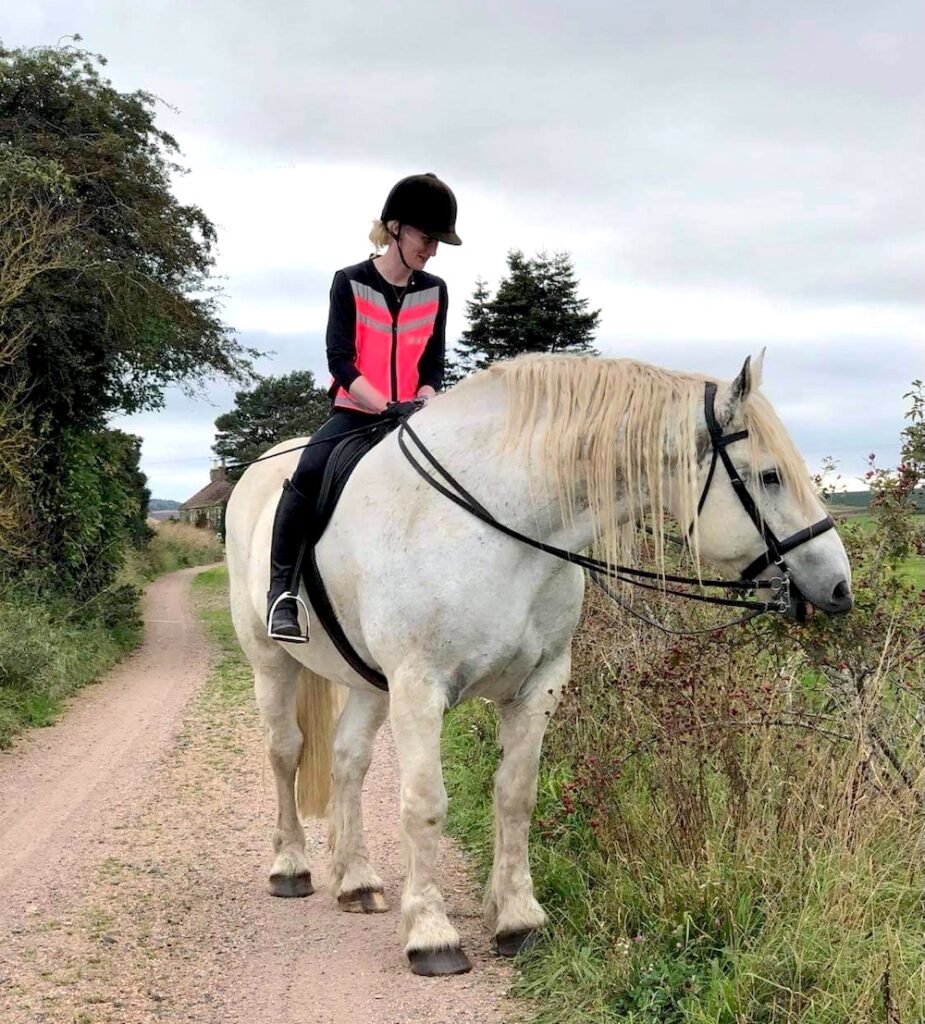
Welcome: Emily Clark
EMBL-EBI’s new Genome Analysis Team Leader explores the potential of AI and pangenomes to enhance comparative genomics at EMBL-EBI

The Genome Analysis Team at EMBL-EBI manages essential data resources and tools that make agricultural and biodiversity data more accessible for researchers worldwide.
By supporting initiatives like the Earth BioGenome Project and FAANG, the team helps scientists explore genetic diversity across species.
Emily Clark recently joined EMBL-EBI as the new Genome Analysis Team Leader. We spoke to Emily about her journey from animal biology to bioinformatics, her plans to expand EMBL-EBI’s comparative genomics resources, and how her team is using AI to enhance the data portals it maintains.
What is your professional background?
My academic career began with undergraduate studies in animal and environmental biology at the University of St. Andrews, UK, followed by postgraduate studies in molecular biology and bioinformatics at the University of Dundee. I then worked at the Royal Veterinary College, focusing on research characterising the genetic diversity of Eimeria, a parasite that affects poultry.
Next, I moved to the Roslin Institute at the University of Edinburgh, where I spent 12 years, initially working on the sheep gene expression atlas as a postdoctoral scientist. Later, as a group leader, I worked on farmed animal genomics within the Functional Annotation of Animal Genomes (FAANG) initiative, a project that EMBL-EBI is also involved in.
You lead the Genome Analysis Team at EMBL-EBI. Can you explain what your team does in simple terms?
Our team manages data portals that make agricultural and biodiversity data more accessible and easier to use for all researchers. We also develop comparative genomics tools and resources within the Ensembl genome browser to help scientists study and compare the genomes of different species.
EMBL-EBI hosts data from major biodiversity initiatives like the Earth BioGenome Project and Darwin Tree of Life. What scaling challenges do you face when extending genomics resources across the entire tree of life?
The main challenge is the sheer volume of new data being generated by these large-scale projects. Whereas before we only had one reference genome per species, we now have multiple genomes for different breeds and populations within the same species. For example, for sheep, there are now 11 different breeds represented in Ensembl. This increase in genomic complexity requires efficient data management, annotation, and analysis systems to keep pace with the growing number of new resources we want to make openly available to our users.
What kind of questions can scientists answer by comparing genomes from many different species?
Scientists can explore how evolutionary events like gene duplications, deletions, and other genetic changes impact the characteristics of animal populations. For example, in livestock, researchers can study how genomic differences can drive disease resistance. Beyond agriculture, genomic comparisons also help us understand biodiversity and inform conservation strategies by identifying unique or vulnerable genetic features across species.
EMBL-EBI is a partner in the Functional Annotation of Animal Genomes (FAANG) initiative as well as other agricultural projects. Can you explain what this involves?
Members of the Functional Annotation of Animal Genomes (FAANG) initiative have produced high-quality functional genomic data for domesticated and farmed species. Our team standardises the raw data, and makes it more accessible by defining metadata standards and providing submission and validation tools. Having these data openly available via the FAANG Data Portal supports both the research community and other stakeholders, such as animal breeding companies, in identifying genomic features linked to disease resistance, productivity, and other important traits.
What impact do you think livestock pangenomes will have on agricultural genomics?
Pangenomes provide a more comprehensive understanding of genetic diversity within a species by incorporating multiple genomes from different breeds and/or populations. This approach highlights structural variants and rare or breed-specific genetic variants that might be missed using a single reference genome from just one individual. For example, in dairy cattle, a structural variant associated with resistance to mastitis took two decades to find using previous methods, but by using pangenomes, combined with data from functional assays, we could greatly accelerate this type of discovery.
How is AI changing the data resources your team manages?
One of the emerging uses of AI in our team involves improving data query capabilities in the data portals we manage, allowing researchers to ask more complex natural language questions (e.g. “show me all the genes involved in the immune response expressed in the mammary gland of lactating dairy cattle”). This AI integration will help streamline data searches and enable users to extract the information they need more efficiently.
What are some of the first things you’re hoping to do in your new role?
One of the first things I want to focus on is the strategy for displaying our comparative genomics resources within Ensembl. With the launch of the new Ensembl website, there is an opportunity to enhance how we display comparative genomic alignment views and gene trees. These updates will help support researchers in analysing the increasing volume and diversity of annotated genomes we make available.

Can you tell us about some of your hobbies and interests?
I grew up with animals and have been riding horses for many years; I owned my own horse when I was living in Scotland. I’m looking forward to getting back in the saddle now that I’ve relocated to Cambridge.


